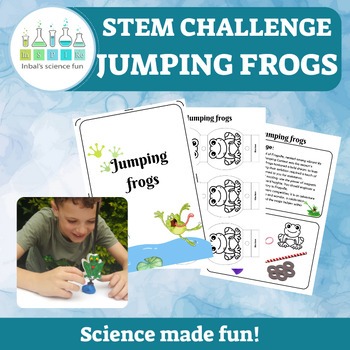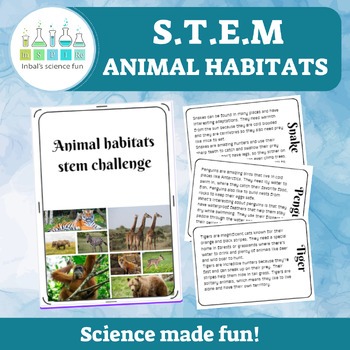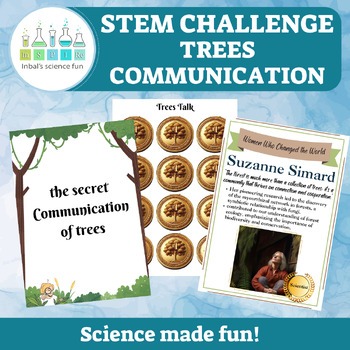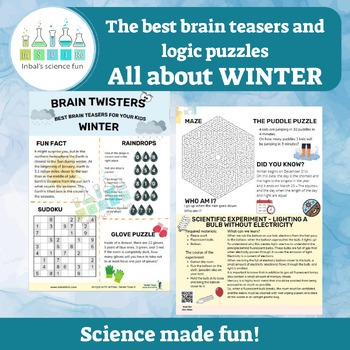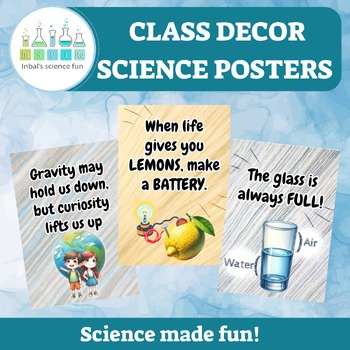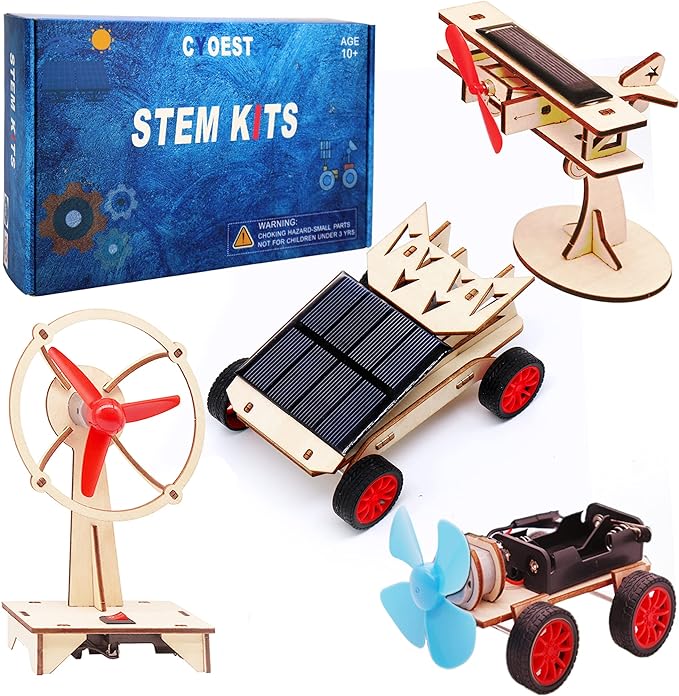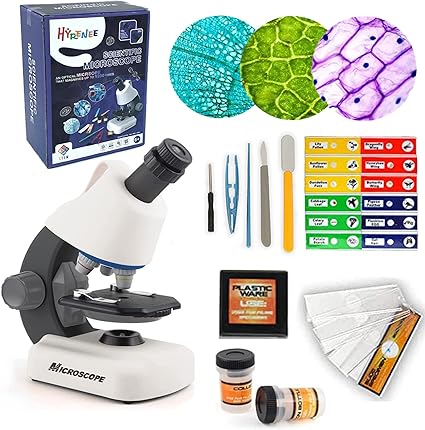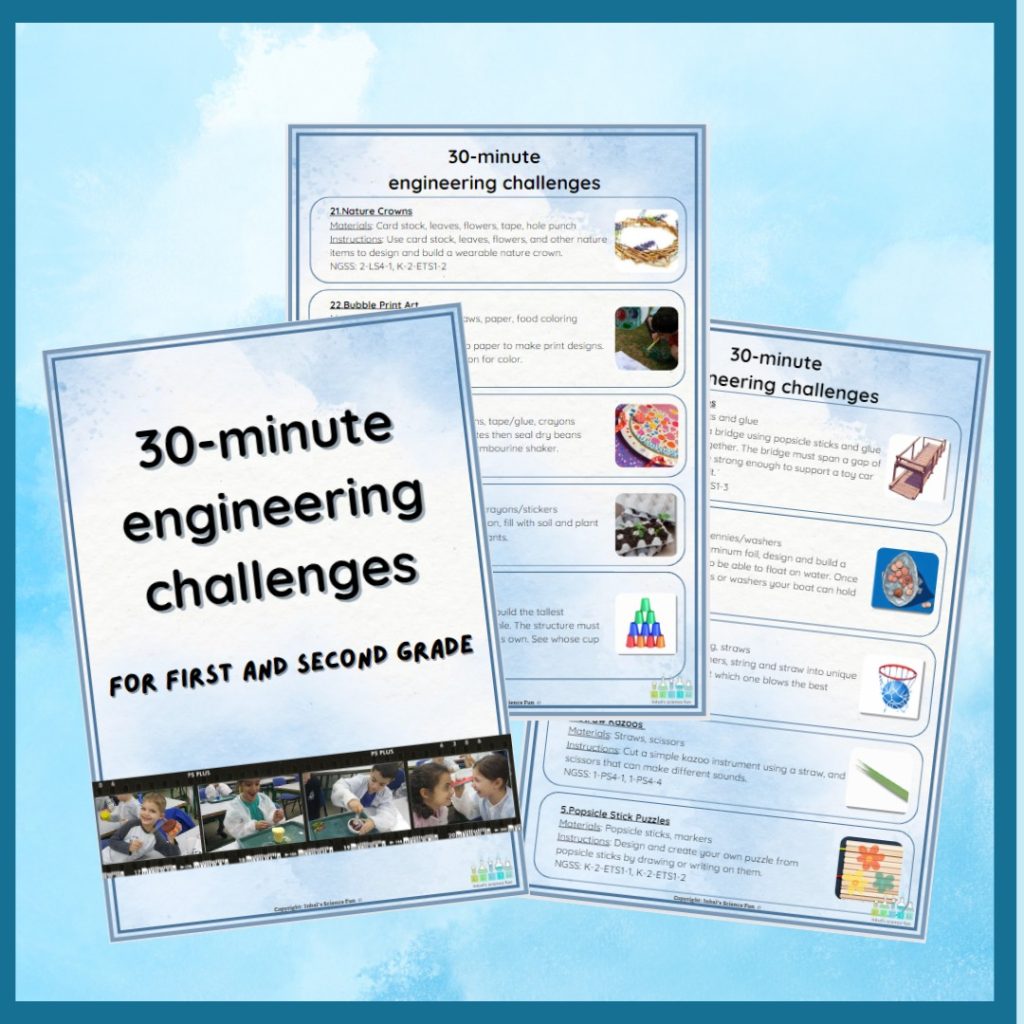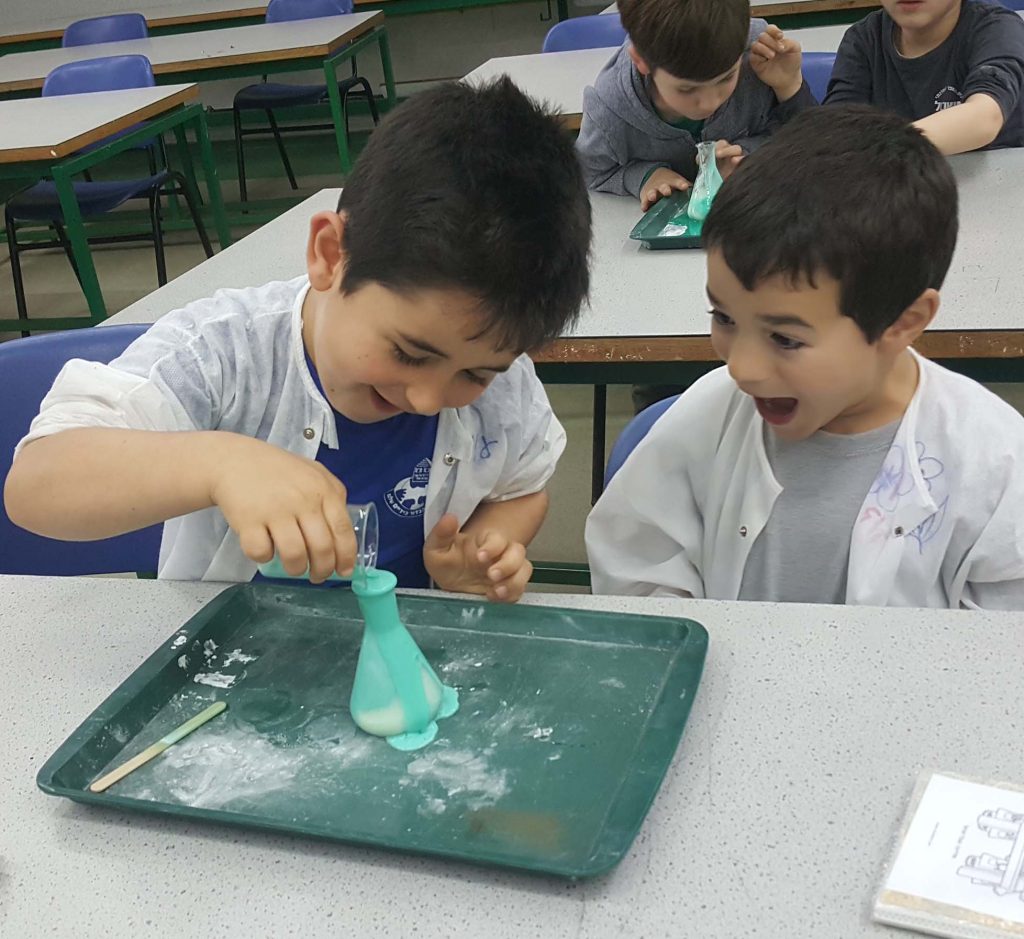30-Minute Engineering Challenges for Young Minds
Are you looking for a fun and engaging way to introduce STEM concepts to your first or second-grade students? Look no further than these quick, low-prep engineering challenges! These hands-on activities are designed to foster problem-solving skills, creativity, and a love for science and engineering in just 30 minutes.
In this post you will find a list of 10 ideas:
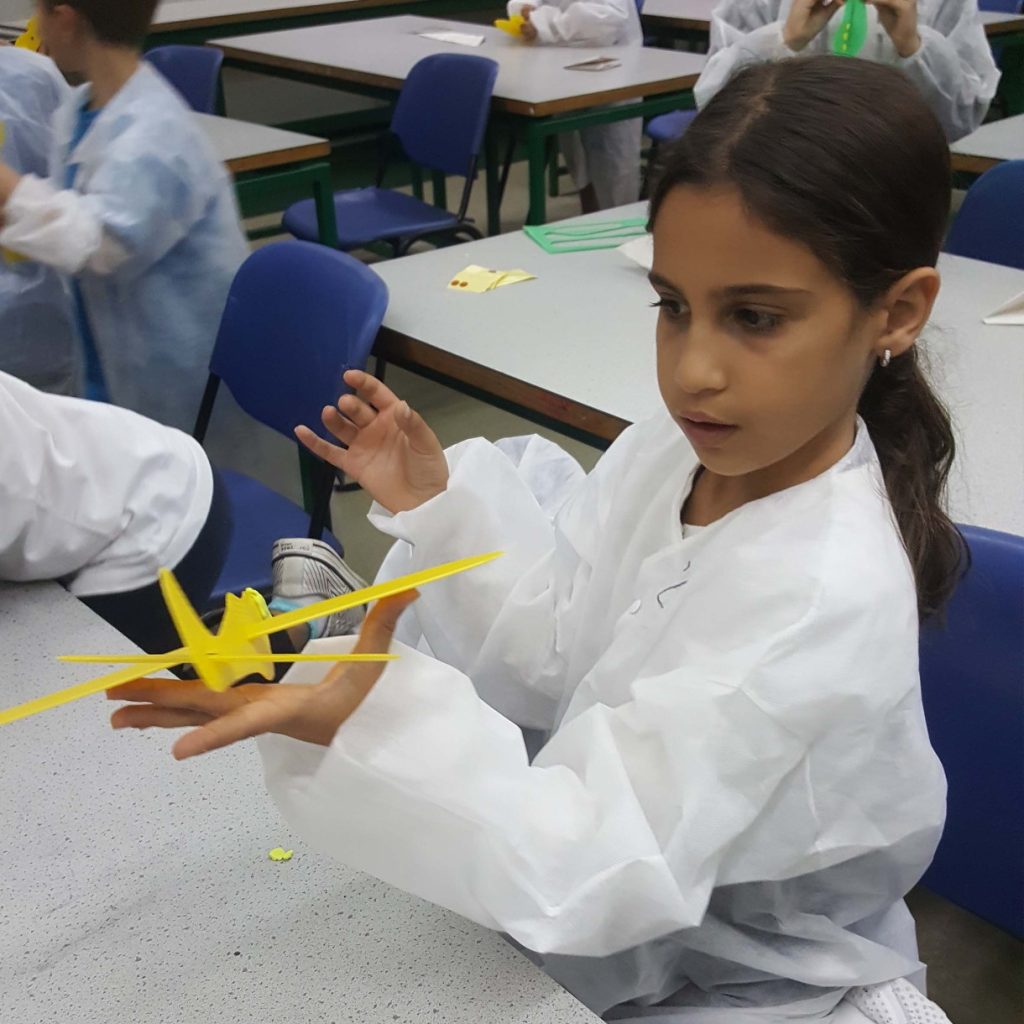
What Makes These Challenges Unique?
These engineering challenges stand out for several reasons:
1. Time-Efficient:
With a total duration of only 30 minutes, including setup, activity, and cleanup, these challenges are perfect for busy classrooms or after-school programs.
2. Low-Prep:
Requiring simple, readily available materials, these challenges minimize preparation time for teachers or facilitators.
3. Age-Appropriate:
Tailored specifically for first and second-grade students, these challenges align with their cognitive abilities and attention spans.
4. STEM-Focused:
By incorporating principles of science, technology, engineering, and mathematics, these activities provide a solid foundation for future STEM learning.
5. Quick and Simple Materials:
One of the key advantages of these engineering challenges is the use of simple, everyday materials that can be easily sourced or substituted. Here are some examples of materials you might need:
- Paper plates, cups, or bowls
- Straws or craft sticks
- Tape or glue
- Scissors
- Playdough or modeling clay
- Rubber bands
- Craft supplies (e.g., pipe cleaners, pom-poms)
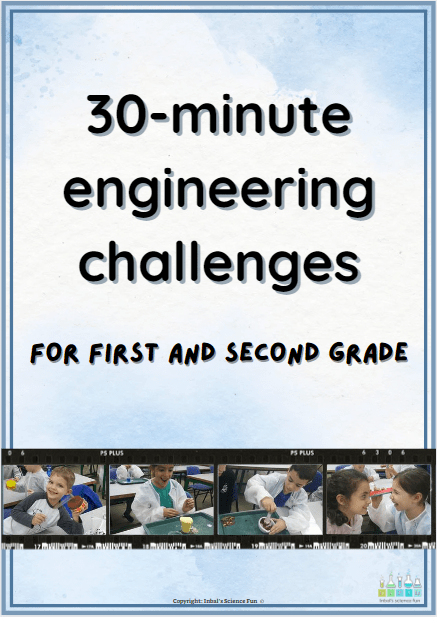
Looking for more ideas? Join me and get 30 – 30s’:
30 Ideas for 30 minute STEM.
join my mailing list and receive the full list straight to your inbox.
Engaging Challenge Ideas
Towering Structures
Challenge students to build the tallest freestanding tower using only paper plates, cups, and tape. Encourage them to experiment with different designs and stability techniques.
Bridge Builders
Using craft sticks and playdough or modeling clay, have students construct a bridge that can span a predetermined gap and support a small weight (e.g., a toy car or book).
Catapult Creators
Provide students with rubber bands, spoons, and craft supplies to design and build a catapult that can launch a lightweight object (e.g., a pom-pom or crumpled paper ball) across the room.
Floating Boats
Using aluminum foil or paper plates, challenge students to create a boat that can float and hold as many small objects (e.g., pennies or paperclips) as possible without sinking.
Marble Mazes
With paper plates or cardboard, have students design and construct a maze or ramp system that can guide a marble or small ball from a starting point to a designated target area.
Paper Planes
Fold paper planes from different materials (printer paper, construction paper, foil) and test for distance, accuracy, and hang-time.
Balloon Rockets
Use a balloon, straw, and string to build a balloon-powered rocket that can travel along the string when inflated and released.
Straw Geodesics
With straws and playdough or marshmallows, construct a freestanding geodesic dome or other geometric structure.
Aluminum Awesome
Only using aluminum foil, tape, and scissors, create a freestanding sculpture, animal shape, or other 3D structure.
Candy Construction
With gumdrops, toothpicks, and/or marshmallows, have students design and build different geometric shapes, 3D structures, or fictional candy buildings and cities.

Looking for more ideas? Join me and get 30 – 30s’:
30 Ideas for 30 minute STEM.
join my mailing list and receive the full list straight to your inbox.
Timeline:
To ensure a successful and engaging experience, follow these steps:
1. Introduction (5 minutes):
Clearly explain the challenge, materials, and any rules or constraints.
2. Design and Build (15 minutes):
Allow students to work individually or in small groups to design and construct their solutions.
3. Testing and Evaluation (5 minutes):
Have students test their creations and evaluate their performance based on the challenge criteria.
4. Sharing and Reflection (5 minutes):
Encourage students to share their designs, successes, and challenges, fostering collaboration and learning.
With these engaging, hands-on challenges, you’ll inspire young minds to explore STEM principles through creativity and fun!
By incorporating these quick and low-prep engineering challenges into your curriculum, you’ll not only captivate your young learners but also lay the foundation for their future success in STEM fields.


